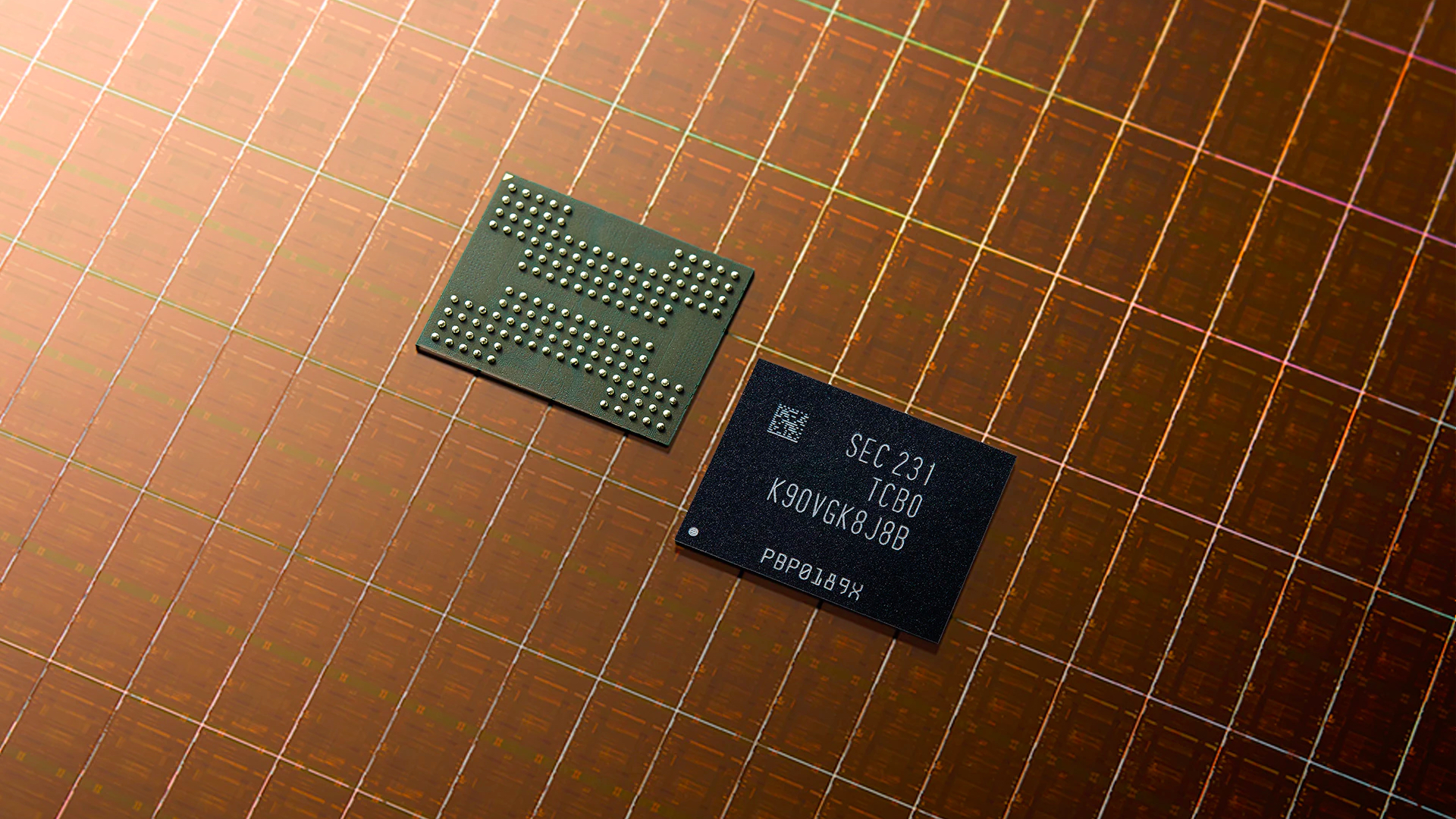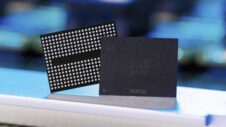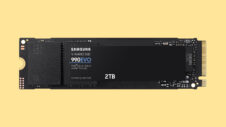Samsung is the dominant force in the NAND memory market, and the company is investing heavily in new products to protect this dominance. To that end, Samsung Electronics will reportedly start mass production of 290-layer ninth-generation verticial (V9) NAND chips later this month.
This will enable the company to lead its rivals as the industry transitions to high-stacking and high-density flash memory. The V9 NAND is going to succeed Samsung's existing flagship 236-layer V8 NAND products.
Samsung aims to cash in on NAND's major recovery this year
The V9 NAND chips will primarily be used in large-scale enterprise servers, AI, and cloud solutions. Samsung is using its innovative double-stack technology for V9 NAND modules.
According to reports, Samsung will also be launching 430-layer NAND chips next year to meet demand for high-performance and large storage devices. The AI gold rush has led to an increase in demand as well as an increase in price for these memory products.
These 10-generation NAND chips are expected to be unveiled in the second half of next year. Samsung will reportedly use its triple-stack technology to develop these modules. Technical limitations necessitate the use of triple-stack technology to make such advanced chips.
The NAND flash market is expected to grow 38.1% this year and Samsung's looking to cash in on that. Rivals like SK Hynix are also launching their high-density NAND chips, with SK Hynix planning to mass produce its 321-layer NAND products in early 2025. Chinese memory manufacturers are also catching up. Yangtze Memory has started producing 232-layer NAND chips and is also planning to launch its 300-layer chips later this year.







